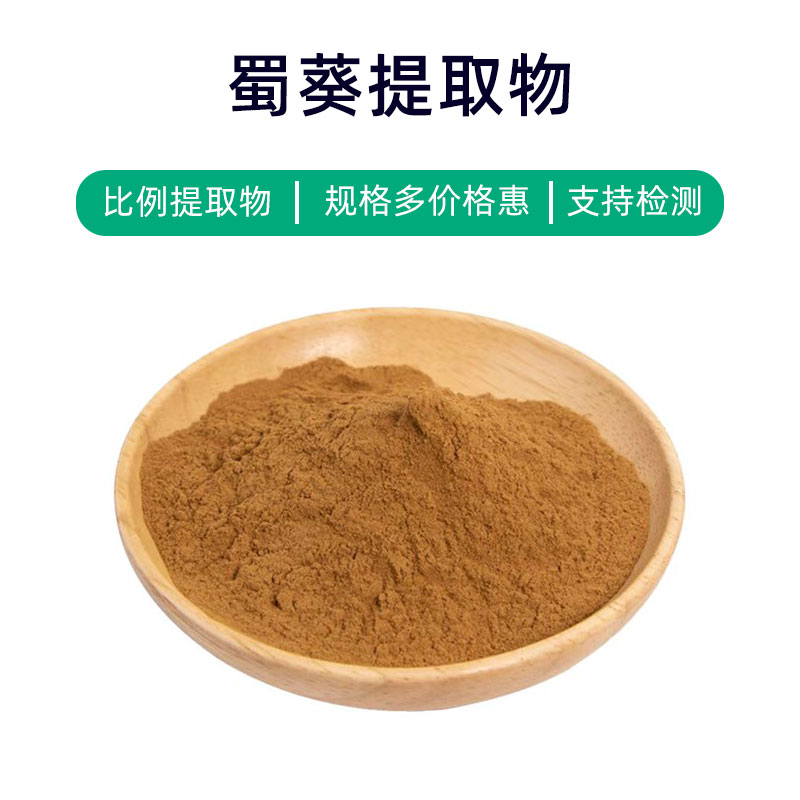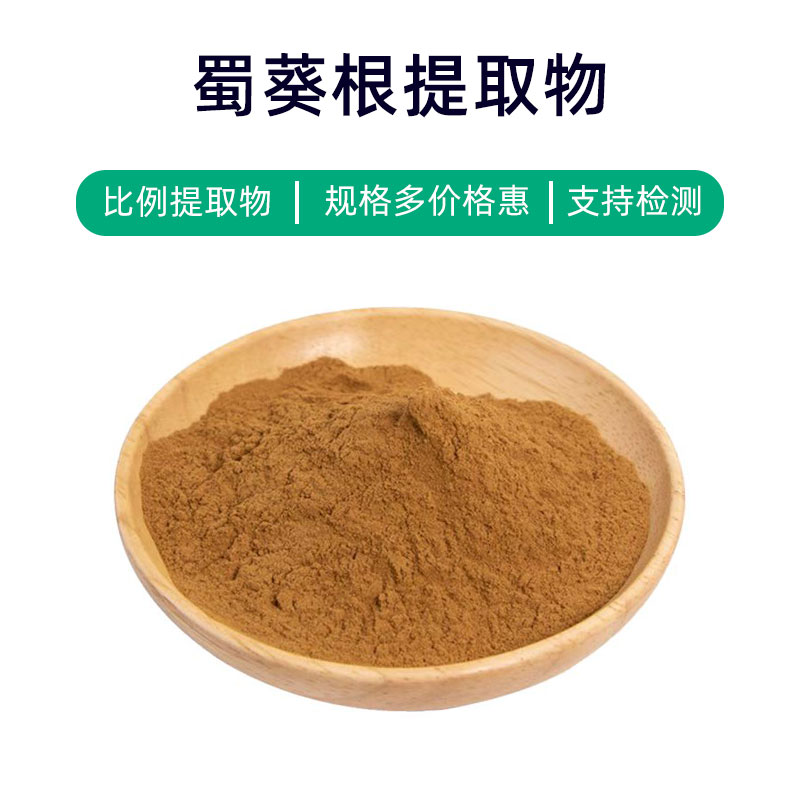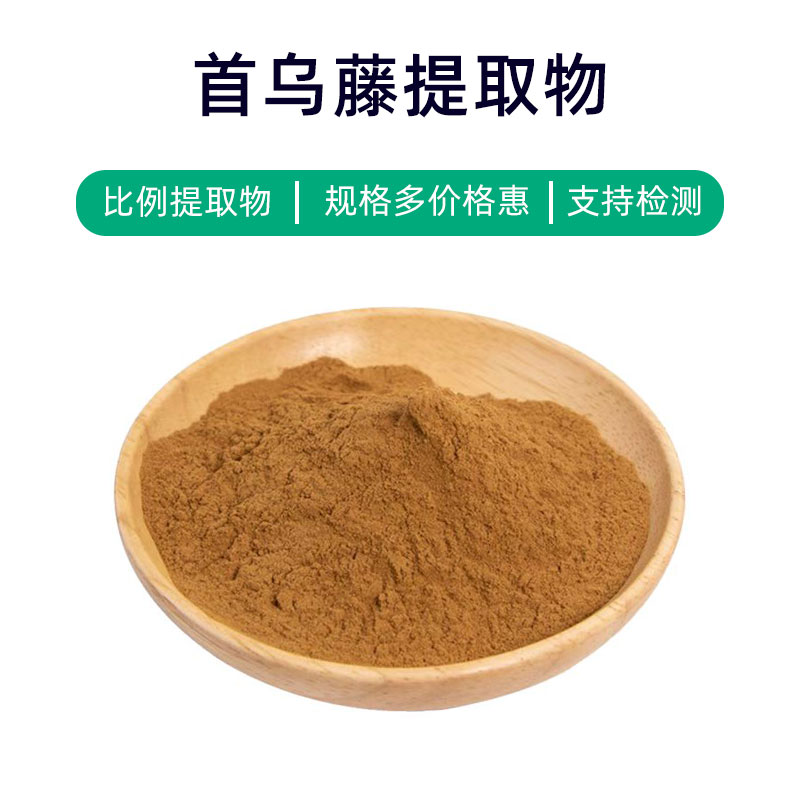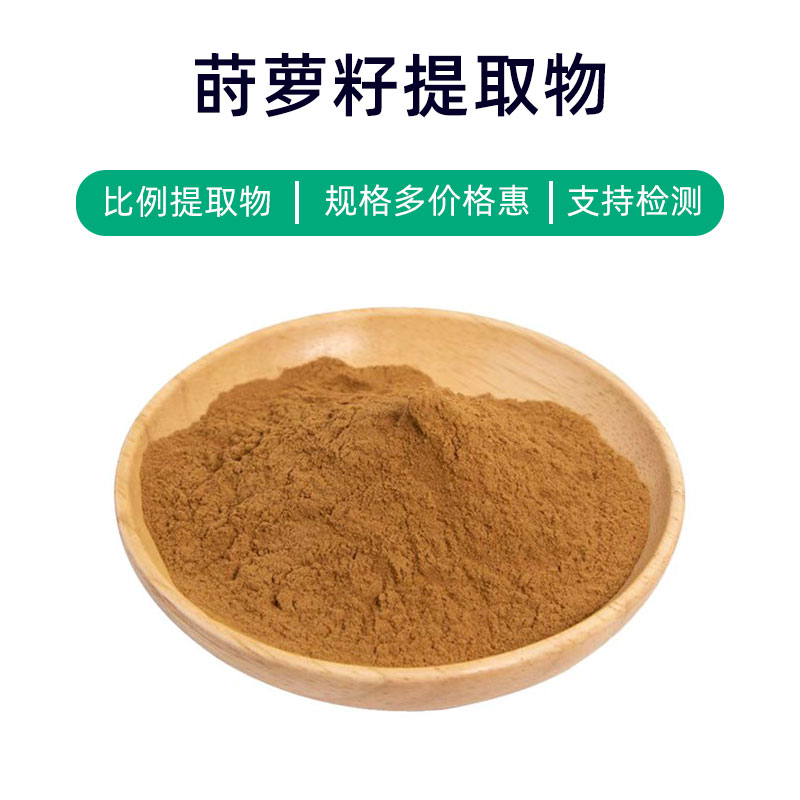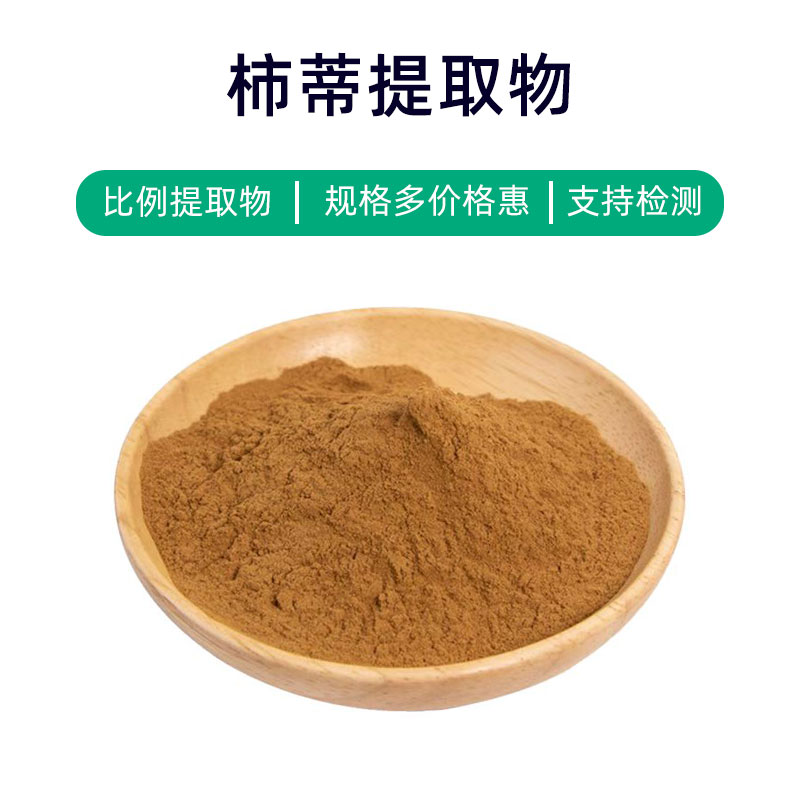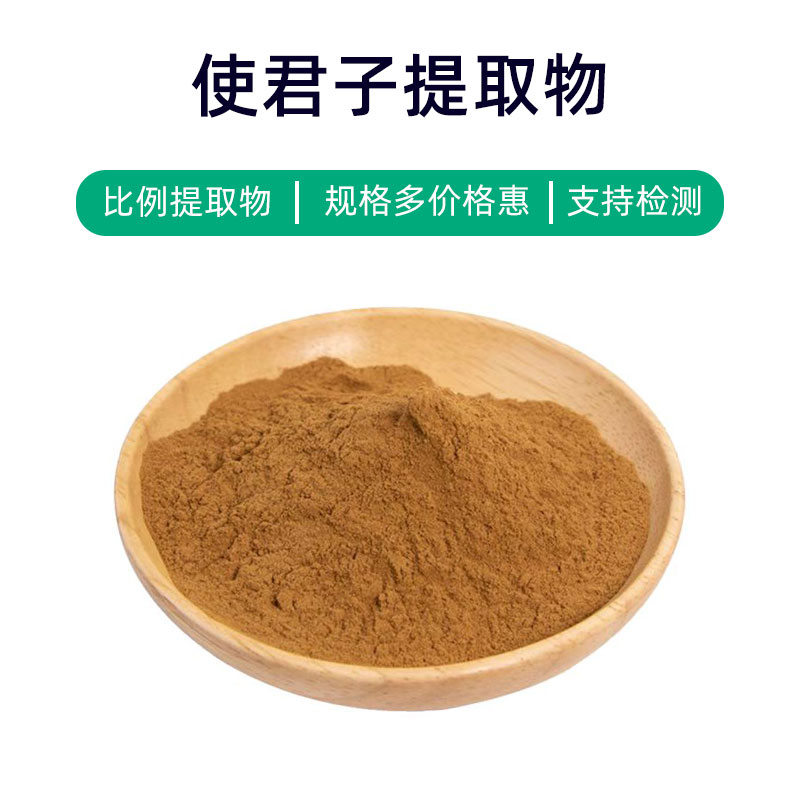Mulberry Bark Extract Product Introduction
Mulberry bark extract is a natural plant extract derived from the bark of the mulberry tree, mainly composed of morin, flavonoids, and phenolic compounds. These components provide various benefits and applications.
Firstly, mulberry bark extract exhibits excellent antioxidant properties, capable of scavenging free radicals in the body, slowing down aging, and promoting cell regeneration, resulting in youthful and smooth skin. Secondly, it also has anti-inflammatory and antibacterial effects, helping to alleviate skin inflammation, reduce discomfort, and improve sensitive skin. Additionally, mulberry bark extract has whitening effects, inhibiting melanin production, lightening spots, and evening out skin tone for a brighter appearance.
Mulberry bark extract is extensively used in cosmetics, skincare products, and pharmaceuticals. In cosmetics, it is commonly added to skincare products, masks, and lotions to improve skin texture, reduce wrinkles, and lighten spots. In the pharmaceutical field, mulberry bark extract is utilized to prepare antioxidant and anti-inflammatory medications to treat various skin inflammations and allergic reactions.
Overall, as a natural plant extract, mulberry bark extract boasts multiple benefits, including antioxidant, anti-inflammatory, and whitening properties, making it a safe and effective natural skincare ingredient.
Mulberry Bark Extract Production Process
The production process of mulberry bark extract typically includes the following steps:
- Raw Material Collection: Fresh, high-quality mulberry bark is selected as the raw material, which is rich in active components and is the primary source for mulberry bark extract.
- Washing and Processing: After collecting the mulberry bark, it is washed and processed to remove impurities and dirt, followed by disinfection to ensure hygiene and safety.
- Crushing and Grinding: The cleaned mulberry bark is crushed and ground to increase its surface area for subsequent extraction. Mechanical grinding or microwave breakdown methods are generally used.
- Extraction Process: The crushed mulberry bark sample undergoes solvent extraction to obtain the active components. Common extraction solvents include ethanol and acetone. Temperature, time, and solvent ratios are controlled during extraction to ensure efficiency and product quality.
- Filtration and Concentration: The liquid obtained from extraction is filtered to remove impurities and solid particles, then evaporated and concentrated to remove the solvent, yielding a concentrated extract.
- Drying and Powdering: The concentrated liquid is dried to convert it into solid form, followed by grinding to obtain the final mulberry bark extract product.
- Packaging and Storage: Finally, the extract is packaged, typically in sealed containers to prevent moisture and oxygen from entering, ensuring product stability and activity. It should be stored in a cool, dry, and dark environment to prolong its shelf life and effectiveness.
These are the production process steps for mulberry bark extract, with strict control needed at each step to ensure product quality and safety.
Mulberry Bark Extract Benefits and Side Effects
Mulberry bark extract is a natural plant extract with various benefits, mainly derived from the bark of the mulberry tree. Here are its primary benefits and effects:
- Antioxidant Effects: Rich in various antioxidant components like flavonoids and polyphenols, mulberry bark extract effectively scavenges free radicals, slows down oxidative damage to cells, and protects cell health, delaying aging.
- Anti-inflammatory Effects: Contains abundant bioactive components with significant anti-inflammatory properties, useful for alleviating inflammation, reducing pain and swelling associated with inflammatory diseases.
- Blood Sugar Reduction: Some components in mulberry bark extract have been shown to help regulate blood sugar levels, improving insulin sensitivity, which can assist diabetic patients.
- Blood Pressure Reduction: Active ingredients can dilate blood vessels and promote blood circulation, helping to lower blood pressure and prevent/treat cardiovascular diseases.
- Liver Health Support: Contains multiple beneficial compounds for the liver, such as polyphenols and flavonoids, which can protect liver cells and promote regeneration, aiding liver function.
- Antimicrobial Effects: Active components exhibit inhibitory effects against various bacteria and fungi, potentially preventing and treating skin and respiratory infections.
- Anti-allergic Effects: Some studies suggest certain components in mulberry bark extract may have anti-allergic effects, alleviating allergic reactions and symptoms.
- Skin Condition Improvement: Nutrients in mulberry bark extract help nourish the skin, providing moisture and reducing pigment deposition. It can be used in beauty skincare products to improve texture and reduce wrinkles.
It is important to note that, despite its various benefits, individual differences and proper dosage should be considered to avoid adverse reactions. Specific dosages and methods should follow advice from medical professionals.
Mulberry Bark Extract Application Scenarios and Dosage
Mulberry bark extract has wide applications in pharmaceuticals, food, and cosmetics. Below are the application scenarios and dosage in these fields:
- Pharmaceuticals:
- Application Scenario: Widely used to prepare traditional Chinese medicine formulations, such as oral liquids, capsules, and granules, for treating chronic diseases like hypertension, diabetes, and heart disease, as well as improving liver function and regulating blood lipids and inflammation.
- Dosage: Typically taken orally as advised by a doctor. Common dosage is 3-6 grams per dose, taken 2-3 times daily, adjustable based on individual conditions.
- Food:
- Application Scenario: Often added to functional foods, such as tea beverages, juices, and cookies, to enhance their nutritional value and functionality.
- Dosage: Generally ranges from 0.1-0.5% in food products, adjustable according to the formulation.
- Cosmetics:
- Application Scenario: Extensively used in skincare and beauty products like creams, lotions, and masks for moisturizing, antioxidant effects, and lightening spots.
- Dosage: Usually around 0.1-2% of the total product formulation, adjustable based on effectiveness and target use.
Regardless of the application field, the following principles should be adhered to:
- Appropriate Dosage: Control the amount added based on product formulation and standards to avoid excessive use.
- Reliable Quality: Choose suppliers that provide high-quality and standardized mulberry bark extract to ensure product quality and safety.
- Compliance with Labeling: For food and cosmetics, adhere to relevant regulations and properly label ingredients and dosages.
When used in medicine, consult a doctor or pharmacist for advice and strictly follow their instructions; in food and cosmetics, adhere to product guidelines while considering individual skin type and health conditions, and discontinue use if any discomfort arises.
Introduction to the Source Plant of Mulberry Bark Extract, Distribution, and Growth Environment
The source plant for mulberry bark extract is the mulberry tree, a member of the Moraceae family, primarily including white mulberry (Morus alba) and black mulberry (Morus nigra). Here is a detailed description of the mulberry tree, its distribution, and growth environment:
- Mulberry Tree Introduction:
- A deciduous or evergreen tree, can grow up to 10-20 meters tall, with a broad crown shape.
- Bark is gray-white or gray-brown, longitudinally cracked and wrinkled, with noticeable longitudinal grooves at the tree trunk’s base.
- Leaves have long petioles and are typically oval or lanceolate, with serrated edges, smooth upper surfaces, and soft hairs on the underside.
- Flowers are unisexual and dioecious, with male flowers arising from leaf axils and female flowers at the leaf axil tips.
- Fruits are mulberries, elongated and turn dark purple upon ripening, featuring small granules on the surface and containing multiple seeds.
- Distribution:
- Originally native to China, mulberry trees have been cultivated widely in subtropical and temperate regions worldwide.
- Besides China, mulberry trees are also found in Asia, Europe, Africa, and the Americas, with significant cultivation in nations like China, Japan, Korea, India, Italy, and Turkey.
- Growth Environment:
- Prefers a warm, humid climate, tolerant of a range of temperatures, optimal growth occurs between 15-30°C.
- Soil requirements are not strict but thrive in deep, fertile, well-draining soils; a pH range of around 6-8 is generally suitable.
- While resistant to cold, mulberry trees do not tolerate flooding well; roots should not be submerged in water for extended periods, and they exhibit some resistance to drought and high temperatures.
In summary, mulberry trees are adaptable, fast-growing species widely distributed, especially in subtropical and temperate areas. Their growth requirements are relatively relaxed, making them an important economic tree species with ornamental value and numerous economic benefits, such as leaves for livestock feed, fruits for human consumption, and medicinal uses for roots, bark, and leaves.
Processing and Storage of Mulberry Bark Extract
The processing of mulberry bark extract typically involves the following steps: starting with the collection of fresh mulberry bark, followed by cleaning to remove impurities. Then, the cleaned bark is dried until it reaches an appropriate moisture content to maintain quality. The dried bark is then crushed or ground into a powder form. Finally, effective extraction methods, such as water or ethanol extraction, are employed to obtain the active components.
For storage, mulberry bark extract should be kept in a cool, dry, and well-ventilated environment, avoiding direct sunlight and high temperatures. It should be stored in sealed containers to prevent moisture and oxidation. Using airtight containers or bags is recommended to avoid contact with humidity, thereby extending its shelf life. Under proper storage conditions, mulberry bark extract typically maintains good quality and stability.
Monica Sun is a seasoned expert in the plant extraction industry with over a decade of experience in research and production. She specializes in the extraction and purification of plant active ingredients, focusing on driving innovation in natural product applications. Monica has participated in the development of multiple functional plant extracts, delivering high-value natural raw material solutions for the health food, pharmaceutical, and dietary supplement sectors.









